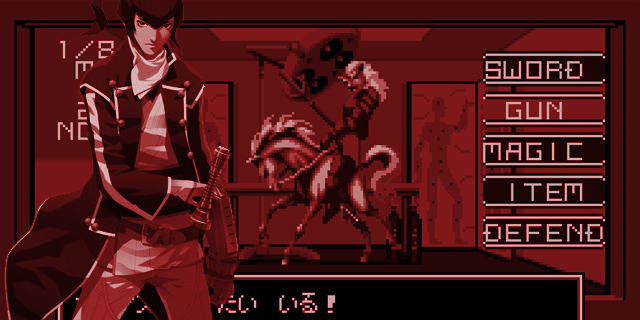
In From Pixels to Polygons, we examine classic game franchises that have survived the long transition from the 8- or 16-bit era to the current console generation.
Atlus’ long-running Shin Megami Tensei series has found its way to just about every major console and handheld you can imagine. Thanks to various spinoffs and side projects, the franchise has become synonymous with creating a more mature RPG experience for those bored of other, similar offerings. The series never became widely known outside of Japan until 2004’s Shin Megami Tensei: Nocturne, but since then has become one of the staples of the genre. To celebrate the recent release of Shin Megami Tensei IV, we’re taking a look back at the core series (with a few spinoffs) to see just how far it has come.
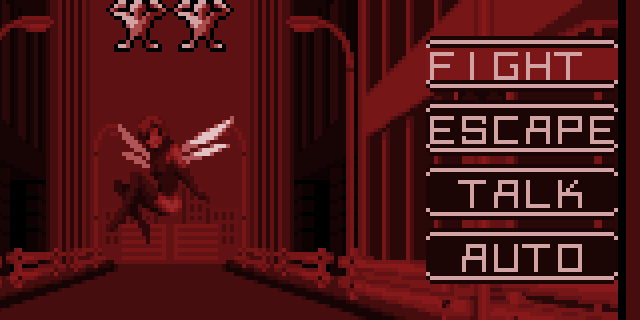
The beginning of a Digital Devil Story
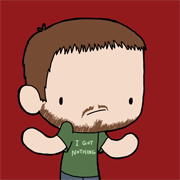
The original game in the series, Digital Devil Monogatari: Megami Tensei, was based off of a trilogy of novels by Aya Nishitani and was released for the Famicom in 1987. It was a basic dungeon crawler, something similar to Sega’s Phantasy Star released the same year, but there was a twist. Megami Tensei allowed you to talk to your enemies, the demons you were fighting, and convince them to join your side. Not only that, but you could then fuse your newfound demon friends together to create even stronger allies for your fight.
This was what set Megami Tensei, and the franchise as a whole, apart from other JRPGs. It was a tough, usually unforgiving game, but it laid the groundwork for the future of the series in some big ways. The sequel, Digital Devil Monogatari: Megami Tensei II, didn’t change much from the original, but improved upon the game’s visuals and demon gathering mechanics in small ways and set the stage for the future of the series.
Some say the franchise didn’t really begin until the release of Shin Megami Tensei on the Super Famicom, which took the core mechanics from the Megami Tensei games and improved upon them in remarkable ways. The game was still a dungeon crawler with heavy emphasis on demon collecting and fusion, but with a stronger story and a cast of characters worth caring about. It wasn’t a huge leap forward for the franchise, but it did enough to separate itself from its roots.
Shin Megami Tensei II continued the original game’s story, expanded the demon conversation system with more back and forth between your character and the demons, and introduced battles with multiple demon types at once. Thanks to an expanded map interface and easier menu navigation, the game is a lot less brutal than its predecessor, which was a welcome change. A side story was released shortly after the second game titled Shin Megami Tensei If, which did little to improve the formula, but offered players a chance to choose their allies, changing the game’s dungeons and ultimately determining the ending. It was more of an expansion than a true sequel, but it was enough to tide fans over until the next game in the series. – Andrew Passafiume
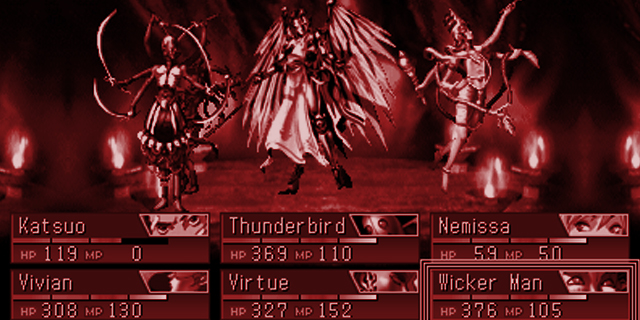
Summoning the first spinoffs

Atlus decided to take the series in a different direction with Shin Megami Tensei: Devil Summoner, the first spinoff in the series and the progenitor of a brand new sub-series. Devil Summoner was the first game to make the leap to a 32-bit console, debuting on the Sega Saturn in Japan in 1995. The game brought the dungeon crawling into 3D, and introduced some new mechanics to spice things up. Not only were demon conversations more interesting than before, complete with specific questions based on the demon’s type, but Devil Summoner also introduced a loyalty system. In order to keep your demons loyal, you need to give them commands based on their preferences. Do this enough and they’ll stick around, but if you begin not listening to them, they could abandon you in the middle of battle.
This system was carried over in the sequel, Devil Summoner: Soul Hackers. It changed the setting up and has no ties to the original game’s story, but it is mechanically the same as the previous game. There are subtle improvements, including faster moving battles and more interesting dungeons, which make Soul Hackers a vast improvement over the original and considered by many fans as a classic. And unlike every game mentioned so far, Soul Hackers was recently released in North America on the 3DS.
The Devil Summoner series took a long break to make way for other sub-series, but returned in 2006 with Shin Megami Tensei: Devil Summoner: Raidou Kuzunoha vs. the Soulless Army (phew). This was a vast departure from the formula, and the series’ first foray into action-RPG territory. You had full control over the main character, Raidou, and could perform a variety of attacks in real time. You also had one demon of your choosing alongside you in battle, which would attack based on your commands. The sequel, Raidou Kuzunoha vs. King Abaddon, improved upon the first game’s battle mechanics, and brought back the demon conversation system that was missing from the original. Both games are far from the best the series has to offer, but they demonstrate how the folks at Atlus are willing to experiment with a formula that has been around for over two decades. – Andrew Passafiume
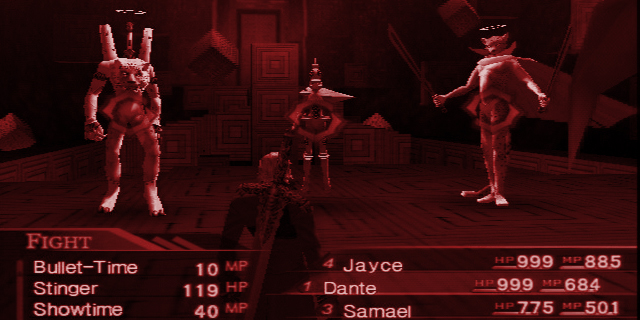
Modern day demon battling

Nine years after Shin Megami Tensei II, Shin Megami Tensei III: Nocturne was released for the PlayStation 2. While it wasn’t the first game in the overarching franchise to reach the U.S. (Jack Bros. has that honor, amusingly enough), it was the first game in the main numbered series to reach our shores. Aside from the obvious technical overhaul since the SNES days, Nocturne introduced a landmark new feature that has since become a series staple: Press Turns. If the player or enemy combatant scores a critical hit, exploits a weakness or passes their turn, they get an extra turn. This enforced SMT not only as a more hardcore JRPG for those looking for a challenge, but also something with much more depth and nuance than you would usually find in the genre.
Nocturne also abandoned the traditional first-person view of the franchise, and had a unique plot that drove home the darker nature of the series. Humanity has been wiped out almost entirely, and it is up to the player, a high-school student granted demonic powers, to reshape the world based on the choices you make throughout the game. Nocturne also featured a bizarre cameo of Dante from the Devil May Cry series.
Digital Devil Saga, a two-part spin-off series that followed Nocturne, took SMT in a different, but ironically slightly more traditional direction. Rather than focusing around collecting, fusing, and battling demons, DDS revolved around a full cast of characters (which, of course, have the ability to transform into demons). These characters are fully developed throughout the two games, and character customization is also a great focus. You could swap learned skills around at any time, and characters had different abilities depending on which form they took.
Shin Megami Tensei: Strange Journey caused some confusion at first among fans, as it closely resembles the familiar territory of the main series formula, but isn’t designated with a number. It is a handheld title, and returns to the first-person, dungeon crawling hook of the original games. In fact, it is built on the same engine used for the Etrian Odyssey games. Using the DS’s second screen as a map that fills itself in automatically, you no longer had to be worried about getting lost, but the game has more than enough twists and traps to make up for it. In an effort to make the game more accessible to audiences outside of Japan, the game is set in Antarctica, and has more of a science fiction setup instead of the usual eastern mythology. – Lucas White
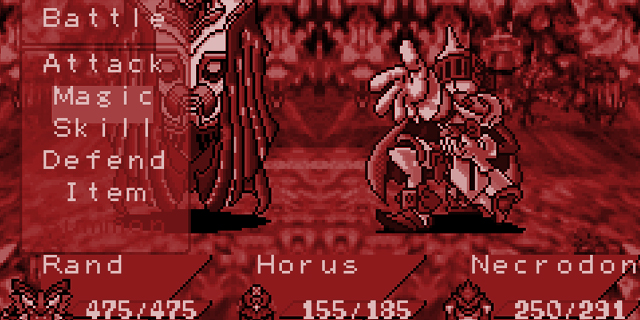
Surviving on the road
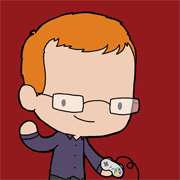
The great thing about the Shin Megami Tensei formula is, frankly, that what defines the series isn’t its battle system. Negotiation, summoning and fusion of demons can work within a variety of contexts, and Atlus has sought out ways to apply these ideas to the most popular and interesting mechanics through its portable entries.
A notable early effort for the series, DemiKids, was a way of introducing these ideas to a generation obsessed with Pokemon. Two GBA games were released in the West, Light Version and Dark Version, though Japan saw more of the series (called Devil Children there) before and after them. The games certainly could have used more polish, but they did what they set out to do: bridge the gap between the intimidating depth and nuance of SMT and the simpler fare most were used to. It certainly helped to set the stage for the first Western release of a main-series title the following year.
But these weren’t the first games to serve this purpose! Before Devil Children was Last Bible, another Game Boy-based side story, but since it was largely developed in the pre-Pokemon days, it uses (simplified versions of) the same mechanics found in the early console games. Only one of these titles made it into English, the hard-to-find Game Boy Color remake of the original released under the title Revelations: The Demon Slayer, but there were three main games and a few spinoffs. The story’s not connected, and it’s notable for calling foes “monsters” and not “demons” in an attempt to be more kid-friendly, but if you ever play one, you’ll feel at home with its world and battles.
There were many other one-off projects over the years (and if you’re curious, you should go read up), but none have taken off quite as well as the recent Devil Survivor titles. These take the simple step of making the traditional battles take place on tactical maps with multiple squads. Negotiation is ratcheted down a few notches in favor of an auction system, but at its core are the elements, spells and party-building mechanics the series is known for. Both DS games have been released in the West, and both have earned 3DS re-releases. They’re an effort to incorporate ideas from tactical RPGs, sure, but it’s also hard to ignore certain similarities to The World Ends With You and a visual-novel-like focus on player choice. – Graham Russell
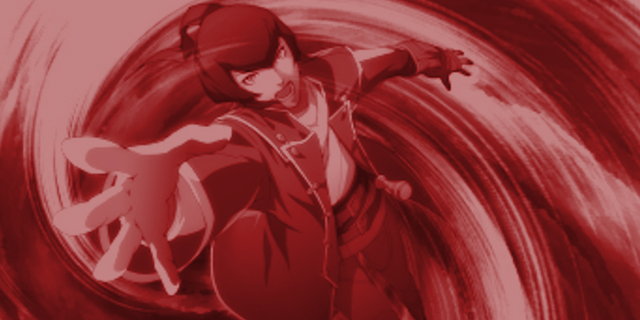
What’s the peak of the Shin Megami Tensei series?
 Andrew: I’m tempted to say the recently-released Shin Megami Tensei IV, as I actually consider it one of the finest games in the series to date, but I think it only proves that we have not yet reached the peak. More so than any other RPG franchise, Shin Megami Tensei has continued to evolve in new and exciting ways, while still retaining what made it unique to begin with. I think this is a series we’ll be talking about for a long time to come.
Andrew: I’m tempted to say the recently-released Shin Megami Tensei IV, as I actually consider it one of the finest games in the series to date, but I think it only proves that we have not yet reached the peak. More so than any other RPG franchise, Shin Megami Tensei has continued to evolve in new and exciting ways, while still retaining what made it unique to begin with. I think this is a series we’ll be talking about for a long time to come.
 Lucas: Andrew is right, really. The games are all so distinct, while somehow managing to improve and evolve over time, that it is really difficult to choose a game that clearly stands out above the others. That said, having to make a choice I would go with Nocturne. The distinctly Japanese take on a demonic apocalypse, with its dirty, oppressive atmosphere and dark, yet surreal colors make it striking to me, especially compared to other JRPGs from that era. Its rad soundtrack and twisted sense of humor also speak to me on personal level.
Lucas: Andrew is right, really. The games are all so distinct, while somehow managing to improve and evolve over time, that it is really difficult to choose a game that clearly stands out above the others. That said, having to make a choice I would go with Nocturne. The distinctly Japanese take on a demonic apocalypse, with its dirty, oppressive atmosphere and dark, yet surreal colors make it striking to me, especially compared to other JRPGs from that era. Its rad soundtrack and twisted sense of humor also speak to me on personal level.
 Graham: This is a tough one. I personally think that the addictive demon-fusing formula is complemented well with the tactical layer of Devil Survivor, but the best part of the series is how it’s willing to adapt. Entries like Strange Journey and Digital Devil Saga hold down the traditional side, letting the main series go where it may, and other spinoffs let it test new ideas to bring back into the fold.
Graham: This is a tough one. I personally think that the addictive demon-fusing formula is complemented well with the tactical layer of Devil Survivor, but the best part of the series is how it’s willing to adapt. Entries like Strange Journey and Digital Devil Saga hold down the traditional side, letting the main series go where it may, and other spinoffs let it test new ideas to bring back into the fold.
In our next installment, we’ll be taking down all the Robot Masters with a look at Mega Man. For more, check out the archive.



















